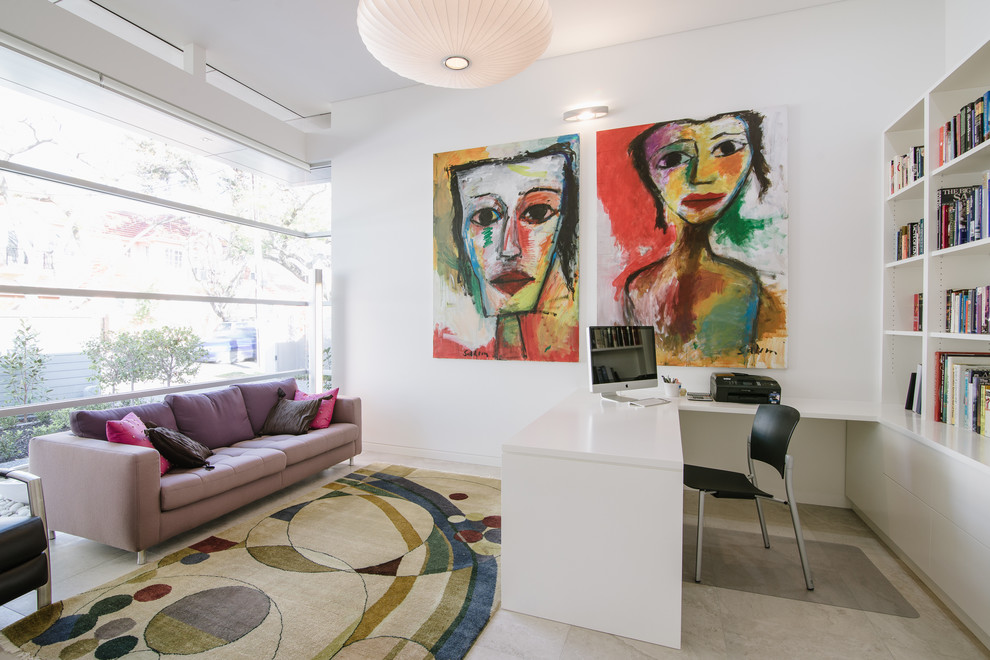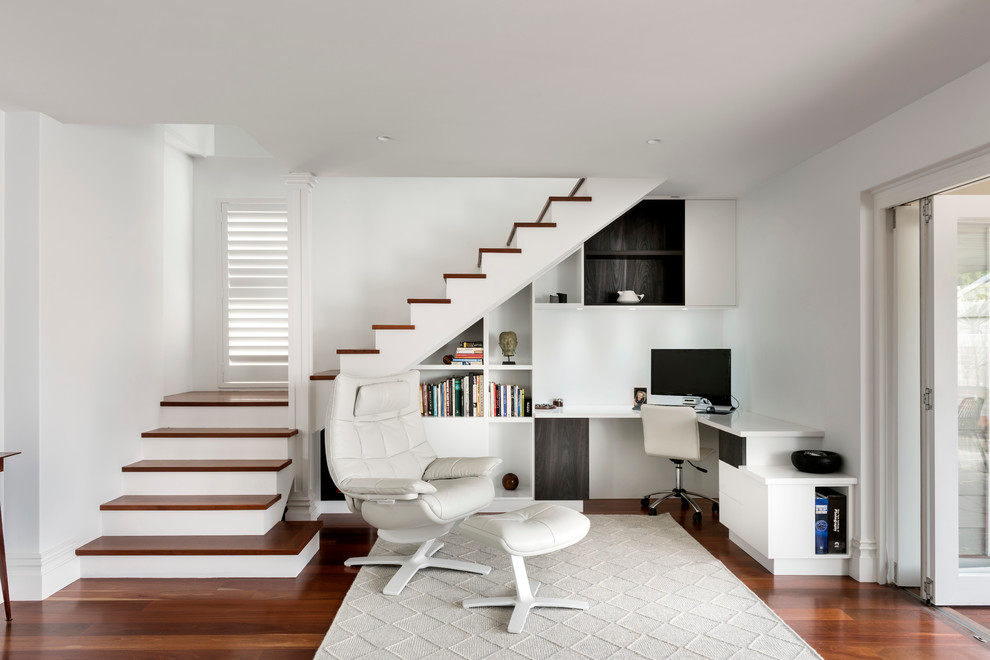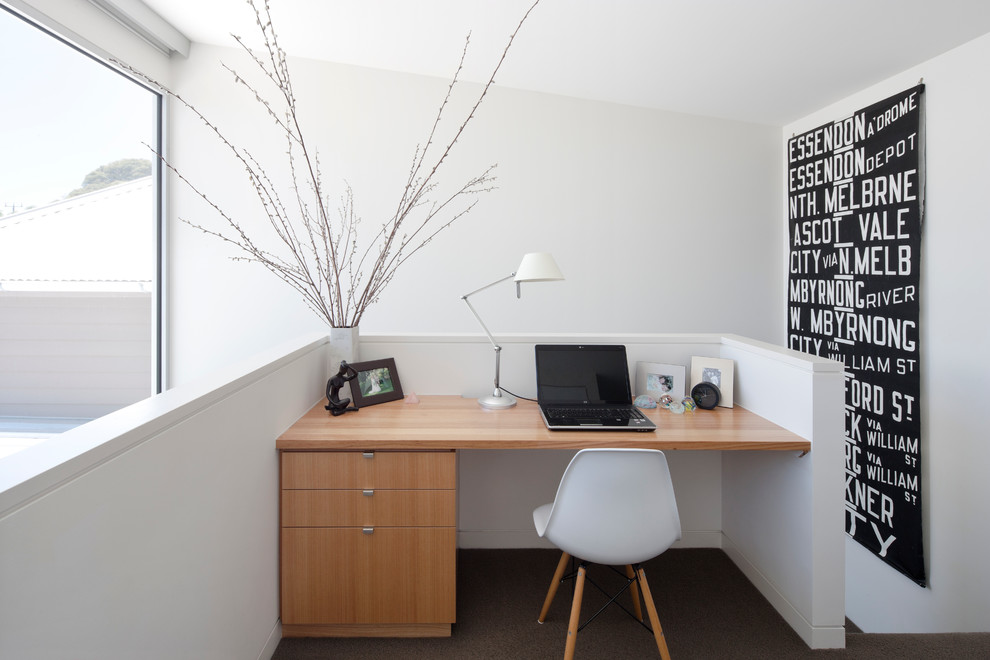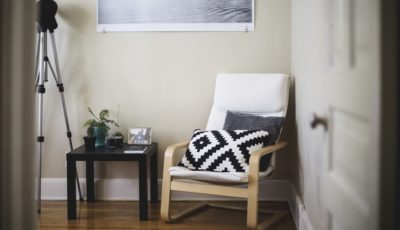4 Considerations to Make When Planning Your Home Office
Nearly half of all Americans work from home at least some of the time, according to a 2015 report from the New Jersey Institute of Technology’s Online MBA program. If you’re one of them, you’ll need more than a desk and computer to succeed. The right workspace is essential for maximizing your productivity and professional performance at home. Make sure you consider the following when setting up your home office.
Low-Traffic Areas Work Best
The fewer distractions you have, the better you’ll work. You can limit these if your office is located far from high-traffic areas. Even if your family members can resist the temptation to chat when they’re at home, the noise they make playing, watching television, and chatting to one another is bound to shift your focus. If you plan on conducting meetings with clients and coworkers at home, a quiet space that offers privacy becomes even more crucial. Consider which areas of your home are infrequently used when selecting your office location.
Photo by Purple Cow Property Media – More transitional home office photos
Temperature Matters
You won’t perform at your best in an office that is too hot or cold. Experts typically agree that employees are most productive in offices with temperatures between 70 and 73 degrees F. Others suggest that the optimal temperature is around 77 degrees. Whatever temperature works best for you, it should be consistent no matter the season.
Photo by Finesse Built – Search contemporary home office pictures
Choosing a room with an air conditioner, or space for its installation, will help you better regulate your office’s temperature. Select a room with a moderate, stable temperature so your HVAC system doesn’t have to work hard. Remember to book an HVAC service twice a year to keep it running efficiently.
Photo by IndigoJungle Interior Styling – Discover home office design ideas
Space Is King
You also need to give yourself enough space to work well. Of course your office needs to be large enough to accommodate your desk, office chair, filing cabinet, and other workplace essentials. But you shouldn’t feel jammed into the room. Small offices make workers feel imprisoned and hamper creativity, whereas larger spaces typically inspire workers and improve their performance. If you can’t find a generous office space at home, take note of space-saving office ideas that can help your room feel larger. Using vertical storage options such as floating shelves to get items off your floor and desk is one effective approach.
Photo by Elizabeth Schiavello Photography – Browse Scandinavian home office photos
You’ll Need Connections
For most modern businesses, power and internet connectivity are essential. Make sure your prospective home office has enough power outlets located in convenient locations to power your computer, printer, and other key appliances. A power board can increase the number of power outlets, but take care not to overload the circuits.
Photo by Art Haus and co – More transitional home office photos
You’ll notice that certain areas of your house have a stronger Wi-Fi signal than others. If your signal isn’t strong enough in your intended office, you could boost it with a Wi-Fi range extender. Alternatively, you could run Ethernet cables, which are faster and more reliable than office Wi-Fi.
Photo by Luke Stanley Architects – Discover modern home office design inspiration
When you get your home office’s design right, studies show that you can be even more productive at home than working in a traditional office setting. Consider these points to turn any room of your home into the office space you’ve always dreamed of.















